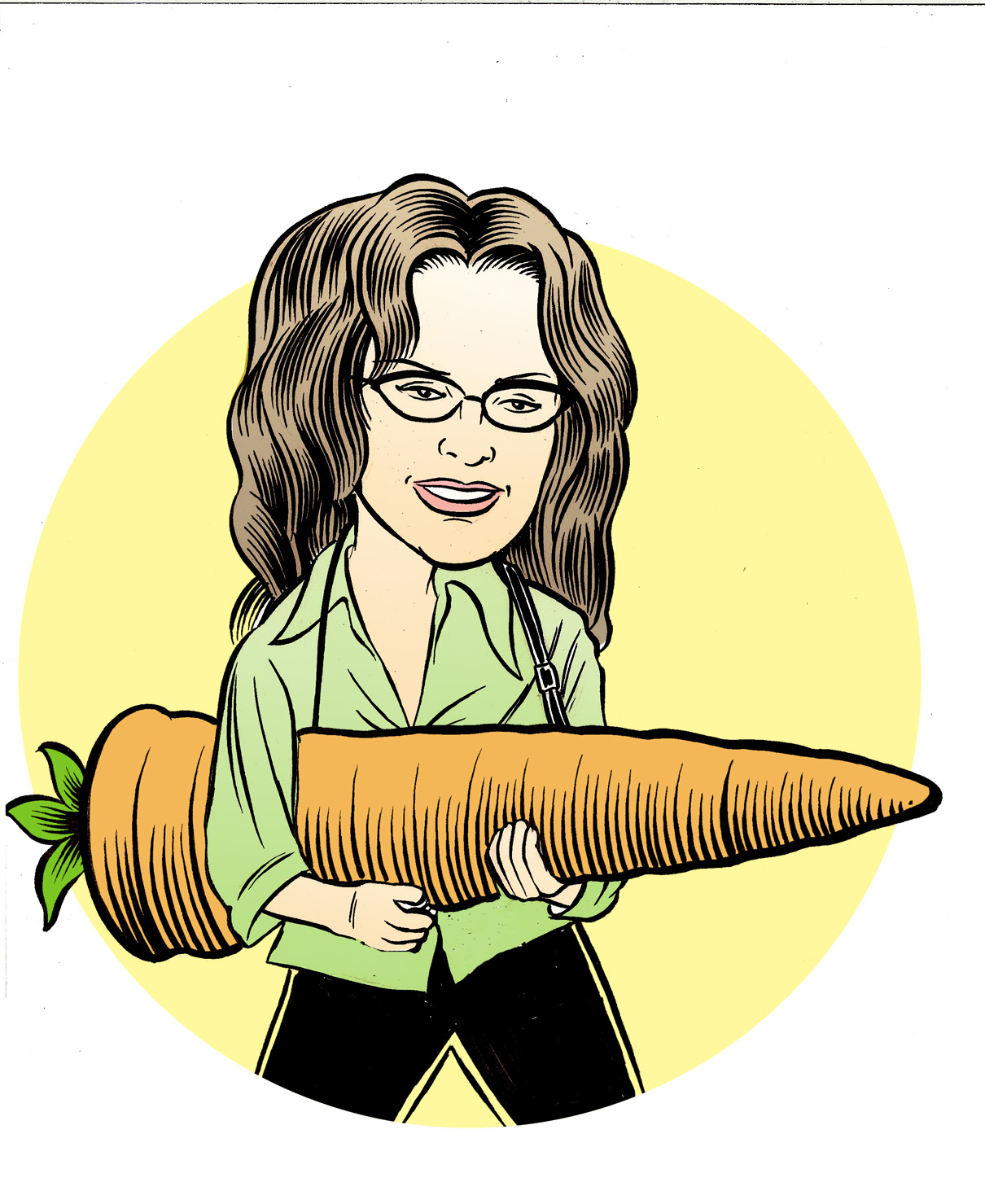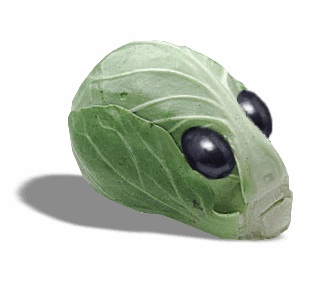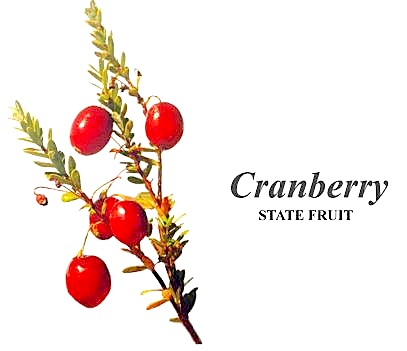 BY ELIZABETH FIEND LIVING EDITOR Having diversity in your diet is an often overlooked way to remain healthy. Within each food category lies a cornucopia of nutrient-rich foods. And each one of these foods contains hundreds of unique substances — the good, like antioxidants and phytonutrients, and the not-so-good toxins. By eating a diverse diet, you increase your chance of getting the good and decrease your chance of consuming too much of the bad.
BY ELIZABETH FIEND LIVING EDITOR Having diversity in your diet is an often overlooked way to remain healthy. Within each food category lies a cornucopia of nutrient-rich foods. And each one of these foods contains hundreds of unique substances — the good, like antioxidants and phytonutrients, and the not-so-good toxins. By eating a diverse diet, you increase your chance of getting the good and decrease your chance of consuming too much of the bad.
Increase eating the good + Decrease eating the bad = Decrease your risk of disease.
Prehistoric peoples are thought to have dined on 1,500 different wild plants. And throughout history, humans we have consumed 80,000 different edible species, with 3,000 of those in widespread use. Shockingly, today we generally stick to eating just 30 different plants with only four – wheat, rice, corn and soybeans – accounting for 75% of our calories!
Think about it? How many different kinds of fruits did you eat this week? You did eat some fruit this week, right?
right?
The number of unique foods you eat is the key to diversity. A study at the University of Utah showed that women who ate an assortment of different vegetables were at a 20 percent lower risk of colon cancer than women who ate the least diverse types of vegetables. That’s a huge benefit! But there are many more reasons to go diverse, taste and fun among them.
Seasonal eating is a good way to add diversity to your diet — and lucky for us, two great foods are at their peak right now: Cranberries, the local hero, and everybody’s favorite, Brussels sprouts! Shocker: Brussels sprouts and cranberries, not just for Thanksgiving.
Cranberries have popular appeal thanks to cranberry juice and dried cranberries cleverly marketed as Craisins. Brussels sprouts, unfortunately, have not been so lucky in the branding department. But that could all change, if only you know how to prepare them in the proper way.
The old school way was to boil the hell out of these cute vegetables that look like baby cabbages. Don’t do that. Sure, they’re densely textured, but they should be slightly crisp after cooking. You’ll be rewarded by their sunny, nutty flavor and miss out on the release of nasty sulfurous compounds that comes on only after over cooking.
Brussels sprouts (Yes they have been grown in Belgium since at least 1200 AD) are part of the mustard family. A very a distinctive looking plant growing about three feet tall, the sprouts grow in bunches of 20 to 40 along a thick stem.
 You’ve all heard of antioxidants, substances in food that protect our bodies from damage on the cellular level. Well, what about indirect antioxidants, ever hear of them? Indirect antioxidants are substances, also found in food, that stimulate our body’s own natural defense systems. When you eat a food with an antioxidant, like vitamin C, you get a one-time boost from the antioxidants. And that’s nice. But if you eat a food, like Brussels sprouts, which contains glucosinolates, an indirect antioxidant or phytonutrient, you get a cascading effect of protection that will continue working to protect your cells for three to four days! Is that super cool or what!?!
You’ve all heard of antioxidants, substances in food that protect our bodies from damage on the cellular level. Well, what about indirect antioxidants, ever hear of them? Indirect antioxidants are substances, also found in food, that stimulate our body’s own natural defense systems. When you eat a food with an antioxidant, like vitamin C, you get a one-time boost from the antioxidants. And that’s nice. But if you eat a food, like Brussels sprouts, which contains glucosinolates, an indirect antioxidant or phytonutrient, you get a cascading effect of protection that will continue working to protect your cells for three to four days! Is that super cool or what!?!
Of course, there’s more.
Sulforaphane, another glucosinolate phytonutrient found in Brussels sprouts (and other cruciferous vegetables like kale, broccoli, cabbage and cauliflower) is formed when the vegetable is chopped or chewed. Sulforaphane triggers detoxification reactions, like the release of enzymes in the liver, which act as a cleansing process eliminating harmful compounds from our bodies.
A study in Singapore, a city with soaring air pollution levels, showed that people who ate cruciferous vegetables lowered their risk of lung cancer by 30% for non-smokers and an amazing 69% for smokers. (Don’t get any funny ideas that smoking cigarettes is OK — it’s still not.)
Brussels sprouts are also a good source of fiber. Fiber helps us out in two ways, it fills you up – stopping you from over eating — and it nourishes the cells lining your colon’s walls.
Another food available fresh only at this time of the year that’s loaded with fiber is the cranberry.
Cranberries, a native American berry, are cousins of the blueberry. Cranberries outrank broccoli, strawberries, red grapes, apples, cherries and raspberries in their disease-fighting antioxidant content. One cup of fresh cranberries has only 45 calories. Fresh, dried and cranberry juice provide loads of vitamin C. But they help keep us healthy in many more ways.
It’s been long known by women that cranberry juice helps prevent urinary tract infections, by acidifying urine. Cranberries also contain compounds that reduce the ability of E. coli to stick to the walls of your urinary tract.
This berry has also shown to keep your ratio of good to bad cholesterol in check, prevent kidney stones and protect against several types of cancer.
Cranberries are even good for combating the Herpes virus and tooth decay. Who knew right? That’s why it’s good to go diverse.
Fresh (or frozen) cranberries are of course the most loaded with nutrients. (Remember a previous lesson: generally the less a food is processed the healthier it will be) But dried cranberries, a very convenient, palatable way of eating cranberries, still pack a punch, as does cranberry juice.
However, do not drink a juice blend that contains corn syrup, artificial sweeteners or other additives. Look for cranberry juice that’s sweetened only with other juice. You can also get pure cranberry juice concentrate at the health food store. It will be sour. Mix this with water and sweeten with honey or add some apple, pear or white grape juice to sweeten.
But how to add Brussels sprouts and cranberries to your diet? Why not try this recipe of mine that conveniently features both.
I designed this recipe as an introduction to Brussels sprouts for those that have vegetable resistors in their house. One strategy I used was to cut the sprouts in to small pieces. Another was to add some sweetness, in the form of dried cranberries, to balance any perceived bitterness from the Brussels sprouts. And finally, it’s pasta…
If you have any funny or frightening stories regarding Brussels sprouts write a comment here.
Brussels Sprout, Cranberry Pasta Salad
by Elizabeth Fiend
A Waldorf-like pasta salad, serve hot or cold
Serves 4; Preparation time: 30 min.
Tip: The green vegetable and red fruit featured in this dish makes it a festive, and easy one-pot dish to bring to a holiday party.
Ingredients
½ lb Brussels Sprouts (reserve ¼ cup cooking water)
½ lb Whole Wheat Linguine
1 tbs Tahini (sesame seed paste)
¼ cup Pine Nuts
½ cup Dried Cranberries (aka craisins)
Salt to taste
Cayenne pepper to taste (optional)
Method
Prepare linguine as directed on package (or, if you have it, this is a good recipe to use leftover pasta)
Wash Brussels sprouts with warm water and remove any scary looking leaves
Cut the bottom stem off, keeping the mini-cabbage intact
Quarter each sprout, then cut each quarter crosswise (if some leaves fall off it’s okay)
Bring 2 cups of water to a boil, add Brussels sprouts
Reduce heat and cook for 5 to 7 minutes, or until tender but still slightly crispy (taste them) DO NOT OVERCOOK!
Drain, reserving ¼ cup cooking water
In a small bowl or tea cup blend until smooth reserved cooking water and tahini
Put pasta in serving bowl and coat with tahini mix
Gently stir-in Brussels sprouts and dried cranberries
And pine nuts right before eating
Season to taste with salt and cayenne pepper (do NOT overdo the salt, please)
Sources and For More Information:
Diverse Diets:
http://www.ncbi.nlm.nih.gov/sites/entrez?db=pubmed&uid=9427430&cmd=showdetailview&indexed=google
http://www.realage.com/NutritionCenter/Articles.aspx?aid=10381
Brussels sprouts:
http://www.whfoods.com/genpage.php?tname=foodspice&dbid=10
http://www.uga.edu/vegetable/brusselsprouts.html
http://www.nutritiondata.com/facts-C00001-01c20c7.html
Cranberries:
http://www.whfoods.com/genpage.php?tname=foodspice&dbid=145#healthbenefits
http://www.webmd.com/content/article/136/119783.htm
http://www.sciencedaily.com/releases/2001/11/011108064027.htm
ABOUT THIS COLUMN: At no time in recorded history have we possessed so much knowledge about health and nutrition, or had such vast and effective means for disseminating that knowledge. Yet for all that, we essentially live in a high-tech Dark Age, with most of the global population ignorant or confused about the basic facts of their own biology. How did this happen? Well, that alone is a whole six-part miniseries, and this ain’t the Discovery Channel. Suffice to say that the bottom line of many a multi-national corporation depends on that ignorance, and vast sums of money are expended to keep us fat, dumb and happy. But mostly fat. There was a time when newspapers saw it as their duty to truth squad the debates over health, science and the environment, but that’s a luxury most papers can no longer afford — not when there are gossip columnists to be hired!
To fill this crucial gap, Phawker publishes the JUNK SCIENCE column by Elizabeth Fiend, beloved host of the BiG TeA PaRtY. Every week, Miss Fiend connects the dots to reveal a constellation of scientific facts that have been hiding in plain sight, scattered across the cold, vast reaches of the Internet. With a background in punk rock and underground comics, and a long career as a library researcher, Miss Fiend doesn’t pretend to be a scientist or an expert. She does, however, know how scientific facts become diluted by corporate-sponsored non-facts, and every week she separates the smoke from the mirrors. Why? Because she loves you.
